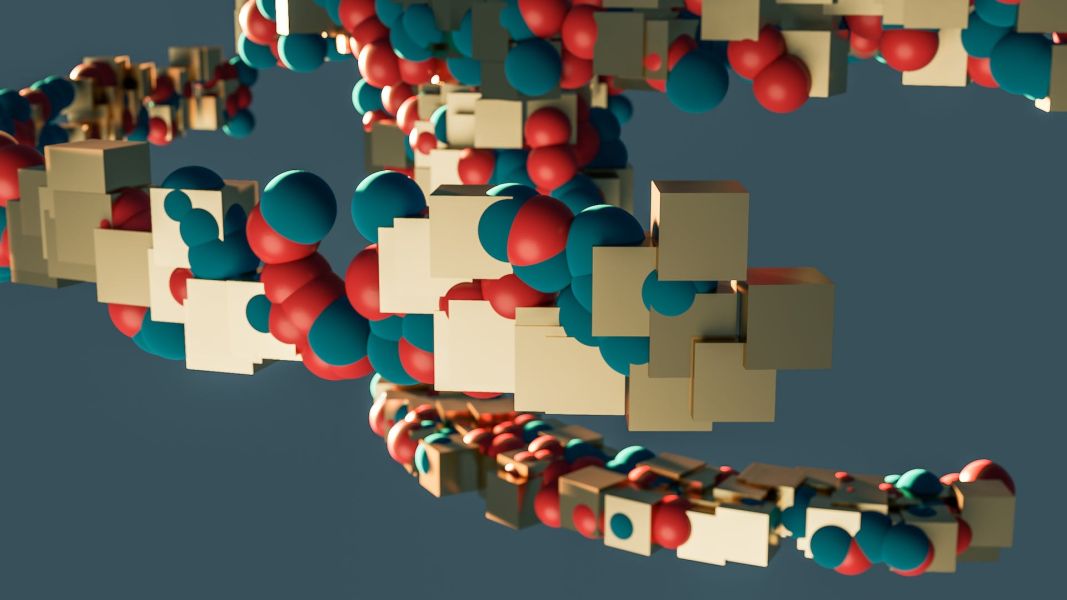
The art of 2D animation has undergone a remarkable transformation over the years, evolving from simple hand-drawn images to sophisticated digital creations. This evolution has changed how animators work and expanded the possibilities of storytelling and visual expression. In exploring the journey of 2D animation, we delve into how this art form has developed from its traditional roots to the digital artistry we see today.
The Dawn of Traditional Techniques
In the early days, animation was a labor-intensive process involving hand-drawn images. Each animation frame was meticulously sketched and painted on celluloid sheets, known as cels, and photographed one at a time. While time-consuming and demanding, this method had a unique charm and artistic quality that remains admired to this day. Studios like Disney and Warner Bros. pioneered this approach, creating timeless classics that set the standard for narrative and visual quality in animation.
IdeaRocket Animation is a testament to this traditional art form, demonstrating how foundational techniques laid the groundwork for all following animation styles. Their work reflects a deep appreciation for the meticulous craft of hand-drawn animation, which forms the industry’s bedrock.
The Shift to Digital Animation
As technology advanced, so did the techniques used in 2D animation. The introduction of computers in the animation process marked a significant shift from traditional methods. Digital animation began to take hold in the late 20th century, offering animators new tools to bring their visions to life. Software like Adobe Flash and Toon Boom revolutionized the industry, allowing for more intricate designs, smoother movements, and a faster production process.
This transition to digital platforms took time to happen. Many animators initially resisted the change, fearing a loss of the artistic essence that defined traditional animation. However, as digital tools improved, they offered unprecedented control and efficiency, winning over skeptics.
The Blending of Techniques
Today’s 2D animation represents a blend of traditional and digital techniques. Many animators still start with hand-drawn sketches, using them as a base for digital enhancement. This hybrid approach honors the artistry of the past while embracing the possibilities of the present.
Animation studios now have access to many digital tools that allow for more dynamic storytelling and intricate visual effects. Programs like Adobe After Effects and TVPaint offer features like automatic tweening, layering, and 3D integration, which enrich the animation process. Despite these technological advances, the core principles of animation, such as timing, spacing, and character movement, remain unchanged. The heart of animation still lies in the ability to create compelling stories and characters, regardless of the medium.
Challenges and Opportunities
The evolution of 2D animation has its challenges. One significant issue is the steep learning curve of new software, which requires time and resources. Additionally, there is constant pressure to stay updated with the latest technological advancements, which can be both expensive and time-consuming.
However, these challenges are also opportunities. The digital age has democratized animation, making it more accessible to a broader range of creators. Independent animators and small studios can now produce high-quality work without the massive budgets previously required. This has led to a surge in creative and diverse content as more voices find their way into animation.
Conclusion
The evolution of 2D animation from traditional techniques to digital artistry is a testament to the resilience and adaptability of this art form. As technology advances, the boundaries of what can be achieved in animation will expand. Yet, at its core, animation will always be about bringing stories and characters to life, whether through the stroke of a pen or the click of a mouse. The future of 2D animation is bright and limited only by the imagination of the artists who propel it forward.

Founder Dinis Guarda
IntelligentHQ Your New Business Network.
IntelligentHQ is a Business network and an expert source for finance, capital markets and intelligence for thousands of global business professionals, startups, and companies.
We exist at the point of intersection between technology, social media, finance and innovation.
IntelligentHQ leverages innovation and scale of social digital technology, analytics, news, and distribution to create an unparalleled, full digital medium and social business networks spectrum.
IntelligentHQ is working hard, to become a trusted, and indispensable source of business news and analytics, within financial services and its associated supply chains and ecosystems










